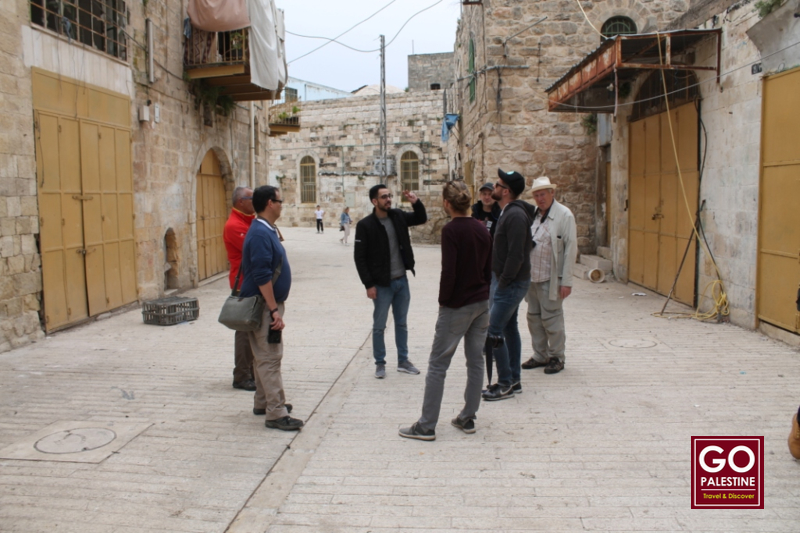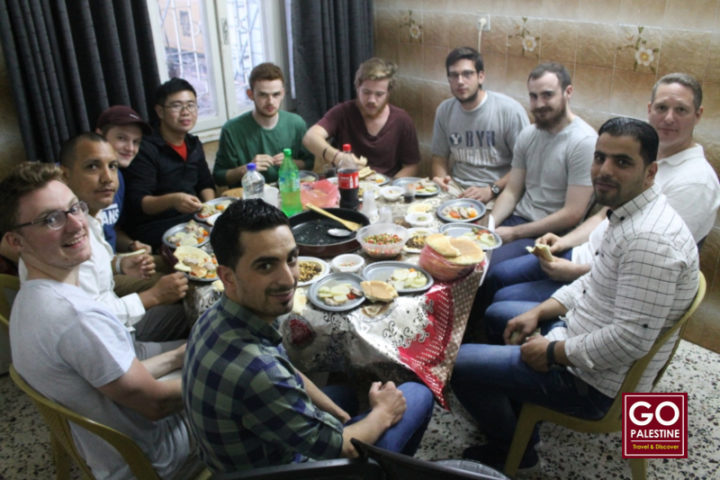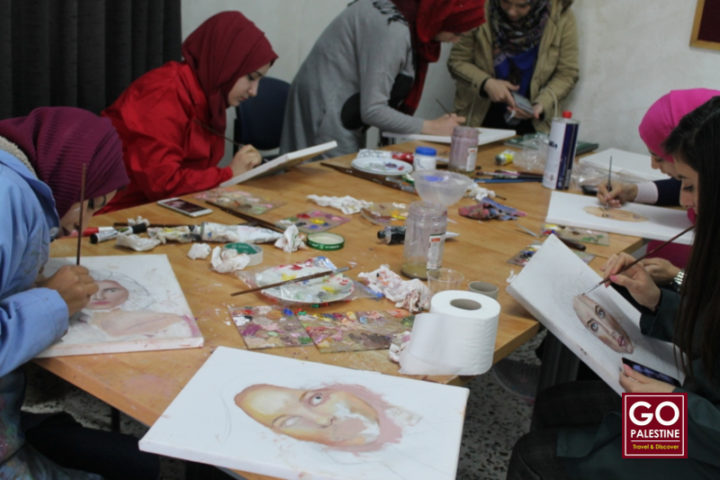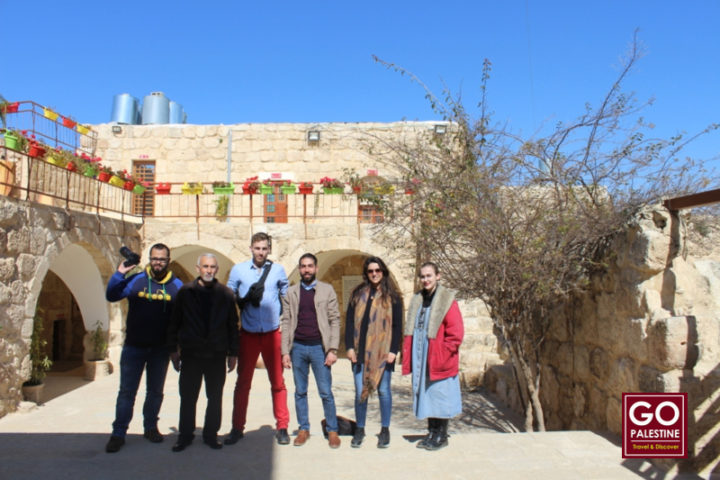
A Brief History
The early 20th century saw a large number of Jewish people, who were fleeing persecution in Europe, arriving in the Levantine coastal region of Palestine. In the wake of both World War I and World War II, the Jewish population continued to increase and assert its influence over the Arab population. In 1947, the United Nations attempted to split the territory into two states: one Jewish state known as Israel, and one Arab state known as Palestine—leading to a succession of wars, conflicts, and a political impasse that continues in the present day.
This tension is exemplified by the reality that many religious sites important to Jewish, Muslim, and Christian peoples, exist both in the UN established Israeli and Palestinian territories. Many governments have therefore classified the West Bank as a “Reconsider Travel to” destination—advising their citizens to reconsider all non-urgent or unnecessary travel to the region.
While the Israeli-Palistinian conflict is certainly a hot-button issue around the world and in Western media, travelling within the Palestinian West Bank is surprisingly safe and a much different reality than what you are likely to see on your TV or computer screen. Not only is the region safe, it is rich in historic and archaeological sites, and has amazing landscapes, people, and interesting cultural activities to take part in.
The West Bank is NOT the Gaza Strip
First and foremost, the West Bank is NOT the Gaza Strip. Many people who are less informed about Palestine, or the “Palestinian Territories,” conflate the two territories as being one and the same. This is simply not the case.
The West Bank and Gaza are under the adminisitration of two different de facto governments: the West Bank is controlled by the Fatah-led Palestinian Authority; the Gaza Strip is controlled by Hamas—a Sunni-Islamist fundamentalist organization. While both regimes regard themselves as the sole legitimate government of the Palestinian National Authority, the West Bank’s Fatah-led PA is recognized by the majority of the international community as the “State of Palestine,” whereas, Hamas is largely regarded, either in whole or in part, as a terrorist organization by several international organizations and Western countries.
Due to this distinction in governance and international recognition, life in the West Bank is much safer than life in the Gaza Strip. The Gaza-Israel conflict is typically much more violent and volatile, as Hamas militants sporadically fire rockets into Israel and the Israeli military launches airstrikes against Gaza, both of which result in civilian casualties. Most of the time when violence of this scale is reported, it is related to the Gaza Strip; not the West Bank.
Safety in the West Bank
In recent years, the West Bank has proven itself to be largely safe for foreigners and Western visitors, which has resulted in an increase in tourism in cities like Bethlehem, Jericho, and Ramallah. Cities in the West Bank are modernized with shopping malls, banks, supermarkets, restaurants and cafés. Some places, like Ramallah, even have free WiFi available throughout the city.
In Area A of the West Bank, where the Palestinian Authority is in complete control of security and civil administration, locals largely live in peace with one another. Day-to-day life is like anywhere else in the world. Palestinians go to work, go to the gym, go shopping, eat lunch in cafés with friends, and spend their evenings with family and loved ones. Having said that, the majority of the West Bank is under Israeli military occupation and the situation on the ground is in constant flux. Foreigners can easily avoid potential safety issues by keeping themselves aware of current news and travel advisories, and avoiding political protests.
Flare-ups between Palestinian youth and Israeli Defense Force soldiers have been known to happen, particularly on Fridays, close to Israeli checkpoints and settlements. These protests will usually only ever escalate to the point of stone-throwing from Palestinians, and the IDF use of crowd dispersal methods against protesters—including firing tear gas, stun grenades, and rubber bullets. It is necessary to reiterate that these protests are never intentionally aimed at foreigners, are predictable and can easily be avoided, and are not representative of everyday life for most Palestinians, foreign volunteers, and travelers.
In the West Bank, the most trouble a foreigner is likely to face will be passing through Israeli military checkpoints and being questioned by the IDF; however, if you are honest with the soldiers, you should be sent on your way without any problem.
People of the West Bank
The people of the West Bank will make you feel safe in their land. The first thing that you’ll notice when arriving in the West Bank is the hospitality of the Palestinian people. In fact, “Welcome” is likely the first word that you will hear as you walk down the street. It is no secret that tourism in the West Bank has suffered due to Western media’s mischaracterization of the Palestinian people. This suffering has been furthered by Israeli imposed travel restrictions and a general lack of information related to the conflict and day-to-day life in Palestine. Because of these factors, Palestinians go above and beyond in their interactions with foreigners in hopes of changing global perceptions and making visitors feel at home.
Palestinians show their gratitude to foreigners in many ways. During your time in the West Bank, it is likely that shop vendors will welcome you to Palestine with free falafel, fruit smoothies, and a smile. Short conversations with strangers will lead to invitations into their homes to have dinner with their families. Neighborhood children will knock on your door asking you to spend your evenings playing football with them. If you travel to Palestine—like you should in any other country or foreign culture—with empathy and an openmind, you will be rewarded handsomely and truly able to recognize the humanity and beauty of the Palestinian people.





